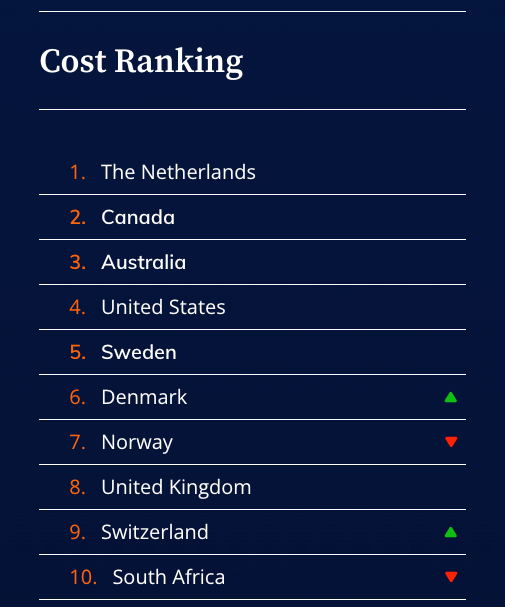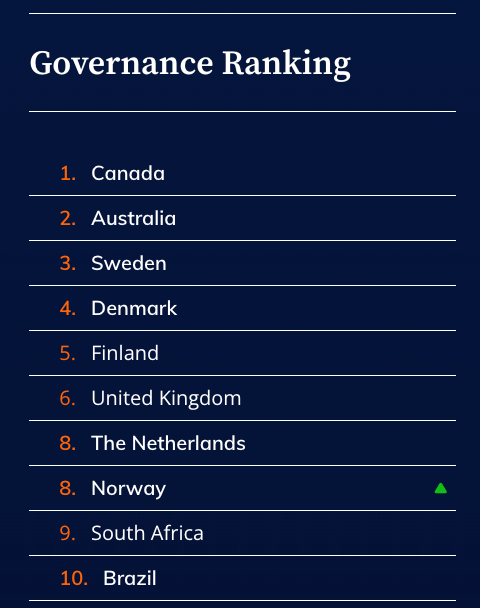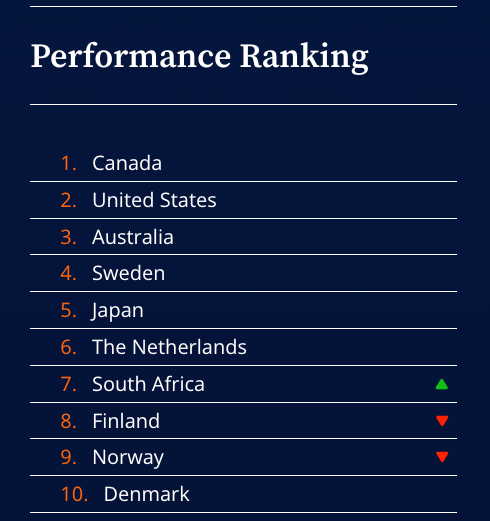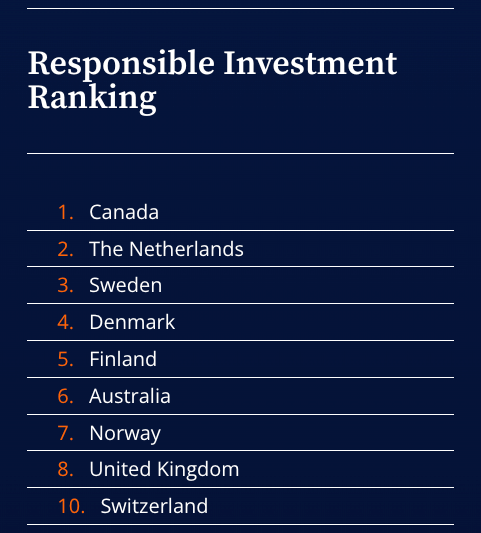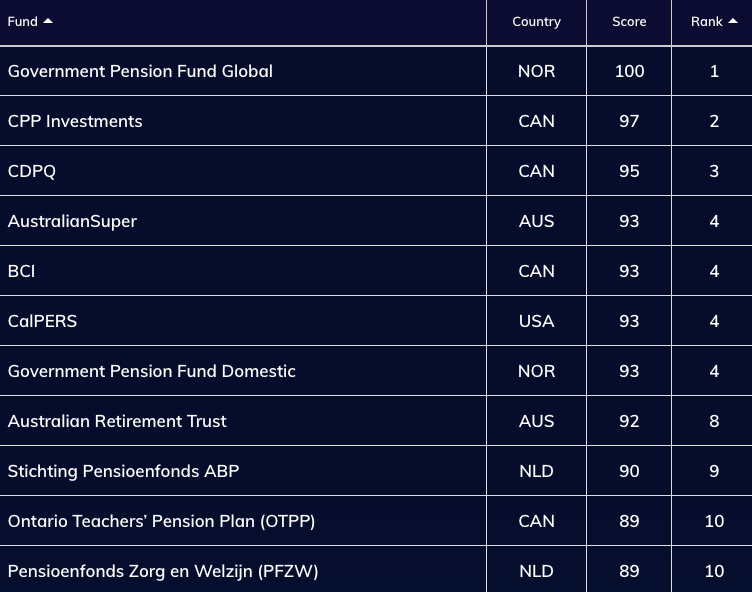The biggest challenge and opportunity for superannuation, pension and sovereign wealth funds is the climbing support ratio, particularly in developed economies, according to Michael Davis, head of global retirement strategy at T. Rowe Price.
The support ratio, sometimes referred to in less flattering terms as the old-age dependency ratio, has been in rising across every major global economy. For example, in Japan, the support ratio is 51, meaning 100 working adults support 51 retirees. In the 1950s, the ratio was eight.
In the US, from where Davis hails, the ratio has steadily climbed to 33, sparking commentators to label this demographic dynamic, The Silver Tsunami.
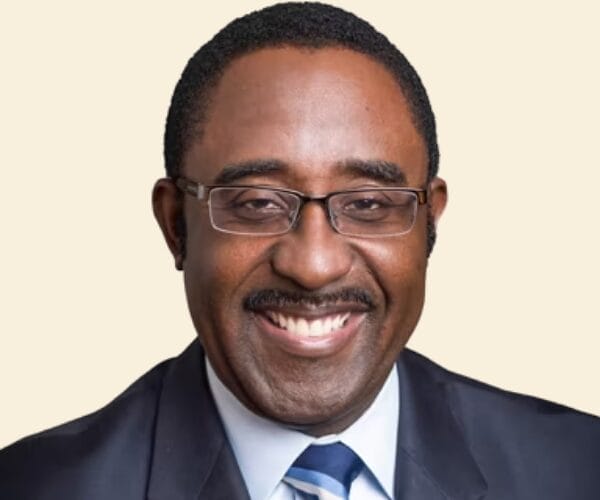
Add to the mix, rising life expectancy, falling birth rates, and tighter migration policies restricting the flow of labour, and the result is pay-as-you-go (PAYG) pension systems under enormous pressure.
“PAYG systems have provided a tremendous amount of security for individuals around the world for many, many years but they are under immense financial pressure,” Davis says.
“The same is true of defined benefit (DB) systems because people are living longer and the cost of defined benefit plans just keep going up without clarity or certainty around the ability of governments to fund them.”
To manage this pressure, countries have three options: increase taxes, slash benefits, or shift from the PAYG model towards advanced funding and private savings.
“It’s inevitable that private savings will be a bigger part of the equation,” Davis says.
“Culture and language are idiosyncratic but maths is universal, and the maths suggest that private savings are required to provide individuals with the level of retirement security that they are seeking and deserve.”
While private savings, which include defined contribution (DC) funds, represent the majority of super and pension assets in countries like the United States and Australia, in many other countries, DB funds still dominate the landscape.
“Over time, every country will inevitably go down the path of more private savings,” Davis says.
“Depending on the country, the velocity of their journey will differ but given the longevity trends, it’s simple maths.”
Shang Wu, portfolio manager, retirement strategy at Australia’s Aware Super, agrees that private savings will play an increasingly important role globally in helping people get the best possible income in retirement, adding that Australia has a unique opportunity to play a leadership role being a mature, largely defined contribution system.
According to Wu, the retirement income challenges facing super funds can be split into two categories: near-term and longer-term.
The near-term challenge is closing the advice gap, particularly as members move from accumulation to decumulation and seek help converting their superannuation balance into an income stream.
“We know that quality advice can make a real difference, but advice needs to be affordable and scalable, and that’s a big challenge,” he says.
When it comes to advice, Aware Super has a hybrid model that blends human and digital interaction. In the year to June 30, 2025, the fund assisted over 100,000 members to set up a retirement plan for no additional cost.
At the over £50 billion UK workplace pension scheme, Nest, where the average member earns £24,000 per annum and retires with a modest account balance, most will not seek advice, highlighting the important role that funds play in supporting all members to achieve good retirement outcomes, says Gareth Turner, head of strategic investment projects at Nest.
“Our members want to use their Nest savings for a lifelong income akin to wage replacement and because they are not necessarily going to get financial advice, they want a lot of support from their scheme to provide them with that lifelong income,” he says.
Nest has developed a retirement income blueprint, which proposes a core default pathway for members transitioning from accumulation to decumulation with the scheme making decisions on matters such as a sustainable withdrawal rate and longevity protection.
“Members can access something like a wage replacement without being burdened with complex decisions about how to manage this on their own,” Turner says.
If closing the advice gap is the industry’s near-term challenge, Wu says the longer-term challenge is investing portfolios for retirement.
“It may not be the most pressing, urgent problem right now because most funds still have the majority of assets in accumulation but as demographic changes accelerate, asset owners will need to demonstrate their ability to invest for members’ retirement,” Wu says.
“As pension funds, our role is very different to fund managers who serve institutional investors. Our job is to help members achieve their retirement dreams and we need to invest for that purpose.”
Davis, a former deputy assistant secretary of Labor, Retirement Oversight Division for the Obama Administration, says government and industry must “partner” to ensure public policy that builds national savings and maximises income and confidence in retirement.
He cites three key areas where government can play a greater role: product choice (there should be less); retirement income (there should be more); and access to affordable financial advice.
When it comes to choice, workers should ideally have between 8 and 14 investment options, Davis says, adding that limiting options encourages people to make better decisions.
“Things are going to have to be simpler, particularly for retirement incomes, because managing decumulation is so much more complicated than accumulation,” Davis says.
“Governments need help to design a system that provides curated choices. Also access to advice is important because these are not simple questions and problems, and people need help to address them.”
On the subject of retirement, Davis cites Australia’s Retirement Income Covenant, which places a legal obligation on superannuation funds to assist members in retirement, as a step in the right direction.

Shang describes the retirement income covenant as a “gamechanger” that has prompted Australian funds to focus on retirement and, as a result, accelerated innovation.
While there is no federal mandate in the US for funds to provide a retirement income solution, Davis believes that the government should make it “easier” for the industry to provide retirement products by providing “more safe harbors” in regulation.
“Something that has stuck with me from my experience in government is the important role that government plays in creating urgency to solve national issues,” Davis says.
“Looking at Australia, the Retirement Income Covenant has created a sharp focus on that issue across the system and if we see more of that [globally], we’ll get these problems solved more quickly.”
As for the Trump Administration’s move to encourage America’s 401(k) plans to invest more in private assets to increase the sophistication, diversification and performance of the country’s vast $8.9 trillion DC asset pool, Davis says all investments and managers must compete on merit.
“Private assets, like any asset class, have to earn their place and deliver a mix of risk and return parameters that add to the overall portfolio,” he says.
“There is a compelling investment case, as other countries have realised, but there are headwinds too including fees, liquidity and operational complexity.
“Another consideration, particularly in the US, is litigation, which makes [DC] funds more reticent to take on higher risk and fees.”
Aware Super has been a significant investor in alternatives and unlisted assets for many years.
Shang says the case for private assets is as strong in retirement as it is in accumulation.
“Private assets have a key role to play in a diversified portfolio because of their unique risk and return profile and that doesn’t change because you move into retirement,” he says.
“There are liquidity issues to manage but we’ve proven our ability to manage the liquidity of private assets and that capability has been tested in both up and down markets.”
Inflation poses a significant long-term global challenge for investors and Davis says greater diversification is critical for retirees to maintain their purchasing power.
“Multi-asset solutions will have to be a central part of the equation,” he says.
“We need to be open to the possibility of a national default policy that encourages people into diversified solutions with professional fund managers making asset allocation decisions.”
Understanding and managing trade-offs
To support the industry to understand and address the retirement income challenge, T. Rowe Price developed a five-dimensional framework for exploring retirement income needs and potential solutions.
The manager’s 5D framework establishes the foundational attributes of the “in retirement experience” for individual investors and quantifies the economic tradeoffs between these attributes.
The five attributes are longevity risk hedge, level of payments, volatility of payments, liquidity of balance, and unexpected balance depletion.
“Often these attributes and parameters are presented individually but there are tradeoffs that members and individuals need to make when selecting a retirement solution that is right for them,” Davis says.
“Our framework is extremely robust because it incorporates market research that required survey participants to make those tradeoffs to give us a better signal of what people really want and value.”
Nest’s retirement income blueprint seeks to help members manage those tradeoffs.
It proposes to blend three strategies together.
The first is a flexible income account which would be invested in capital markets, comprising the majority of members’ assets and provide a regular income from around state pension age until an advanced point in retirement, such as age 85.
This would be flexible and liquid, allowing members to change their mind about how they’re managing their retirement savings if they wish to.
Second, to manage longevity risk, the scheme would use a small percentage of the pot and, at a mid-point in retirement, circa age 75, invest in a longevity risk pooling mechanism, such as a bulk deferred annuity.
This would begin paying out around ten years later, at the point that the income from the flexible income account has been exhausted and provide members a secure income for the rest of their lives.
Third, members could have access to a savings account to save for emergencies, across their retirement.
“Members would see a sustainable income provided to them by Nest and, in the background, we would be blending strategies together to deliver that income to them,” Turner says.
“Members want flexibility early on in retirement but, later on, they are willing to trade off that flexibility for security. Our members really want a lifelong income stream.”
The desire for a lifelong, guaranteed income stream is universal, according to research conducted by T. Rowe Price.
“That makes sense because many people are coming from a DB environment where there is a consistent payment stream and guarantee of sorts,” Davis says.
“Across the board, people want as much protection as they can get but the question is always how much are they willing to pay for that guarantee.”
For super funds that want to better understand and meet the unique needs of their member-base, T. Rowe Price’s 5D framework aims to narrow down the retirement income universe for the solutions best suited for specific cohorts.
Published in partnership with T. Rowe Price.
